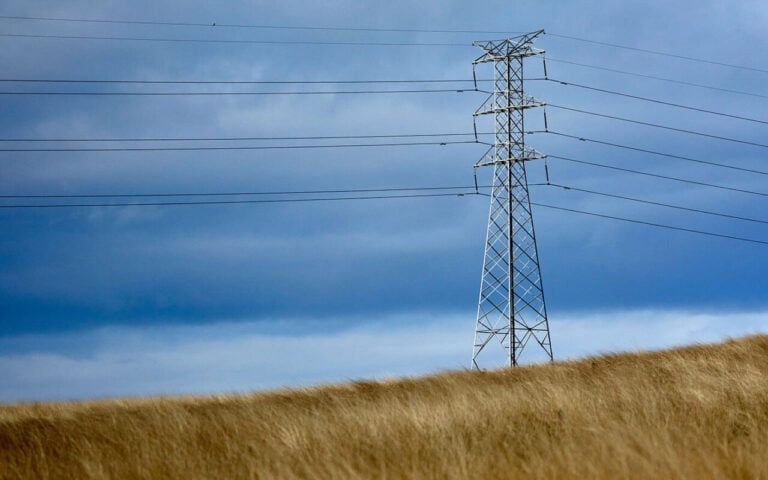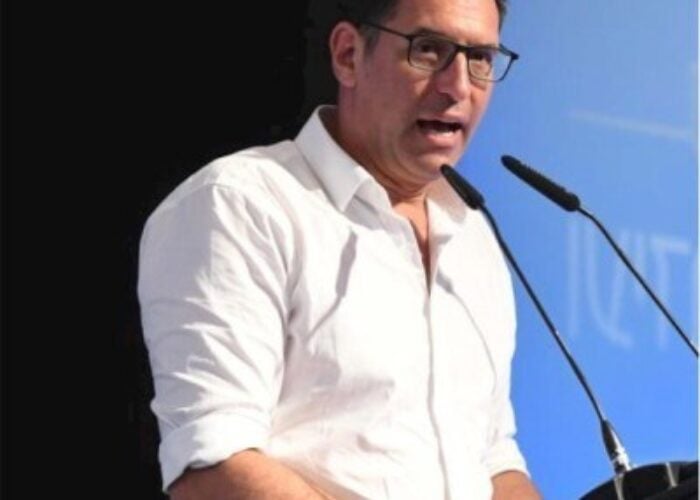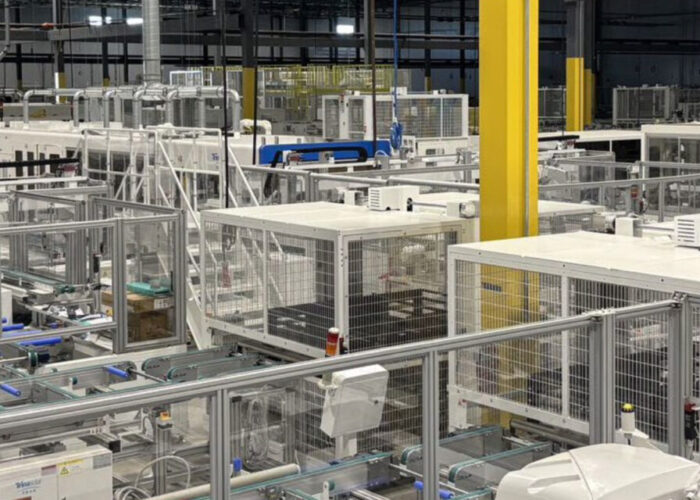
Australia’s Department of Climate Change, Energy, the Environment and Water (DCCEEW) has announced plans to run four new Capacity Investment Scheme (CIS) tenders by the end of 2025.
These will be for the National Electricity Market (NEM), which spans Australia’s eastern and southern coasts and Tasmania, and the Wholesale Electricity Market (WEM), which covers Western Australia.
Try Premium for just $1
- Full premium access for the first month at only $1
- Converts to an annual rate after 30 days unless cancelled
- Cancel anytime during the trial period
Premium Benefits
- Expert industry analysis and interviews
- Digital access to PV Tech Power journal
- Exclusive event discounts
Or get the full Premium subscription right away
Or continue reading this article for free
The tenders will be evenly split between the two markets, with each set to have a generation and dispatchable tender.
Tenders 5 and 6, specific to the WEM, will begin in August 2025. Tenders 7 and 8, for the NEM, will commence in September and November, respectively.
It is worth noting that a consultation on the design of the CIS tender in the WEM ran earlier this year, and the feedback will guide future rounds.
The DCCEEW has also announced plans to streamline the CIS initiative by transitioning to a one-stage process.
The DCCEEW emphasised that delivering tenders faster under the one-stage process will provide proponents with earlier certainty of outcomes.
Concluding tenders within six months will also help avoid overlapping tender rounds, ensuring proponents receive notifications before new rounds for the same technology commence.
Consultation on Aggregated Resources in the Capacity Investment Scheme
In parallel, the DCCEEW has opened a consultation on the potential inclusion of Aggregated Resources (ARs) in the Capacity Investment Scheme.
This consultation explores how smaller energy projects and technologies can contribute to Australia’s renewable energy goals and the NEM.
ARs include smaller-scale projects such as small-scale solar and wind farms, distribution-connected batteries and community batteries (less than 5MW), and virtual power plants (VPPs) integrating rooftop solar and residential battery energy storage systems (BESS).
The DCCEEW highlights that ARs represent a significant opportunity to diversify Australia’s renewable energy portfolio. By aggregating smaller projects, ARs can provide flexibility, enhance grid stability, and support local communities.
However, challenges such as the complexity of eligibility and merit criteria remain, and the consultation seeks to address these barriers to ensure ARs can compete fairly with larger-scale projects.
Stakeholders, including energy developers, community groups, and the general public, are encouraged to provide feedback. Submissions can be made via the government’s Consultation Hub by 5 August at 17:00 AEST.
This article first appeared on our sister site Energy-Storage.news.






